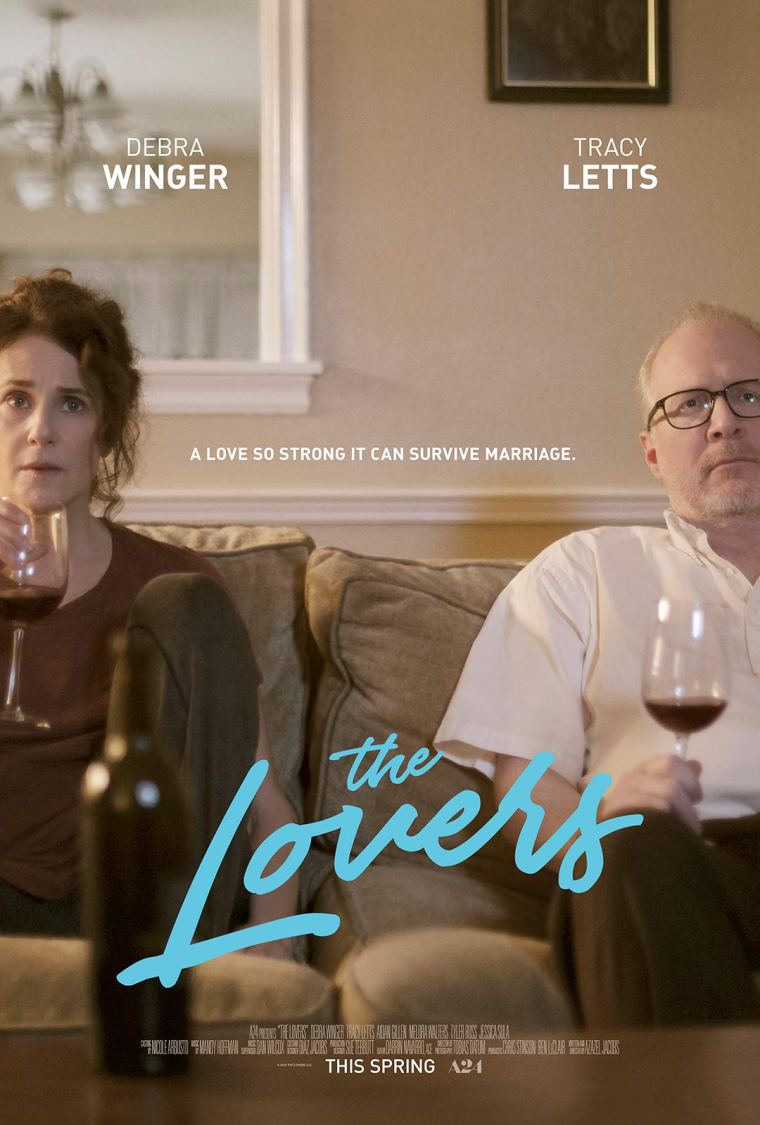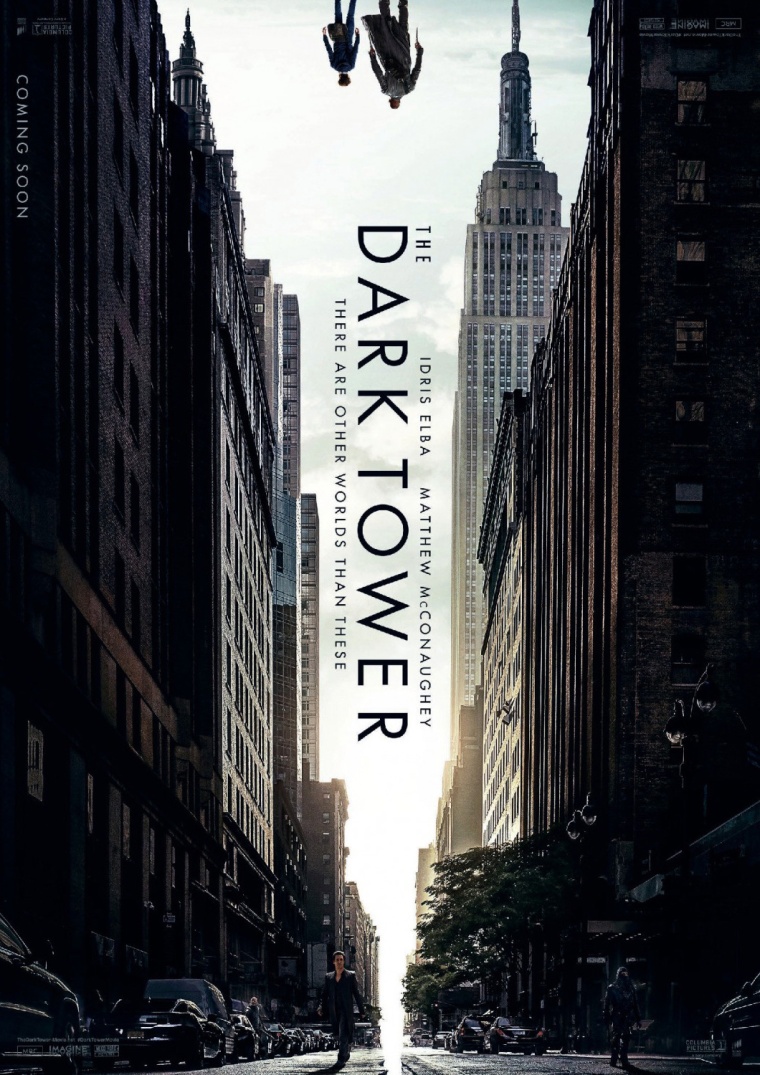
Relationships, if they get properly started, go from the “honeymoon phase” to beyond. Sometimes they blossom into consecutive levels of commitment that comes with their assorted labels. A girlfriend becomes a fiance, and a fiance becomes a wife. But the “beyond” may not be finished, as the wife may become the ex-wife, if things even get that far. It’s possible that death does us part; however time and boredom kill unions all the same. If you’ve been in any relationship that resulted in a break-up, then you can replay those stages in your mind, even obsess over it if the mind deems it necessary.
And sometimes a relationship ends to only have time tells us what we enjoyed the most about the person we used to be with. Because even after the most toxic of liaisons, we may catch ourselves within a reminder in the middle of the night of something we wouldn’t mind having again. Especially in the realm exclusively left for attraction. Because feelings may fade, and we may never want a relationship with that person ever again, but what about a single night? Of course the problem is that a single night could rekindle the honeymoon phase all over again…is that a problem though?.
Azazel Jacobs’ The Lovers takes the marriage gone sour trope and finds a fresh way to resume sparks. It lets itself have fun through the characters’ genuine surprise of how easily they fall back into place. It also doesn’t lose sight of the pain that relationships cause, not just in their participants, but those closest to a union’s radius. It’s a mature and honest look at what happens when something wrong feels right.
The film revolves around Mary (Debra Winger) and Michael (Tracy Letts), a married couple. They live together, but are estranged from one another. They’re practically zombies when it comes to any interaction. Not surprisingly they’re both having long-standing extramarital affairs—she with Robert (Aidan Gillen) and he with Lucy (Melora Walters). Their lovers have both emphatically demanded they break up the marriage or else face the world alone and miserable. Mary and Michael have vowed that they will end things, putting the resounding deadline to do so after an upcoming visit from their son, Joel (Tyler Ross), and his new girlfriend, Erin (Jessica Sula).
This plan goes awry, however, when an early-morning kiss between Mary and Michael leads to sex. They find themselves falling for each-other once again and having passionate sexual encounters. Simultaneously, their respective lovers become more and more needy and demanding, which makes them less appealing to the now in-sync on-again married couple. But the deadline of the “leave em or lose me” scenario reaches the present as Joel and his girlfriend arrive. An extra flavor is added with the emotionally scarred Joel warning Erin that his parents marriage is a failed one and that they are horrible people.
All of this is presented in a way that lets us feel like we’re discovering these new feelings with Mary and Michael, which makes their new lease on love way more appealing than their other significant-others. That was a flaw in the movie for me though, as I almost disliked Robert and did dislike Lucy. Gillen and Walters are good in their roles, but the characters almost came off as antagonists instead of victims, not that they’re innocent in this situation. Winger and Letts are excellent though in a pair of sophisticated performances played with the right amount of confusion and acceptance. I was also impressed with Ross, as Joel, showing us that painful relationships scar more on those who still love both parties.
I’m not sure about the film’s ending; I actually didn’t buy it. Two decisions that Mary and Michael make resulted in me feeling as though I shouldn’t have wasted my time getting invested in their happiness. Perhaps that was the point, making me feel like I wanted to break-up with them, even though I know I’ll remember them from time to time.
Grade: B






